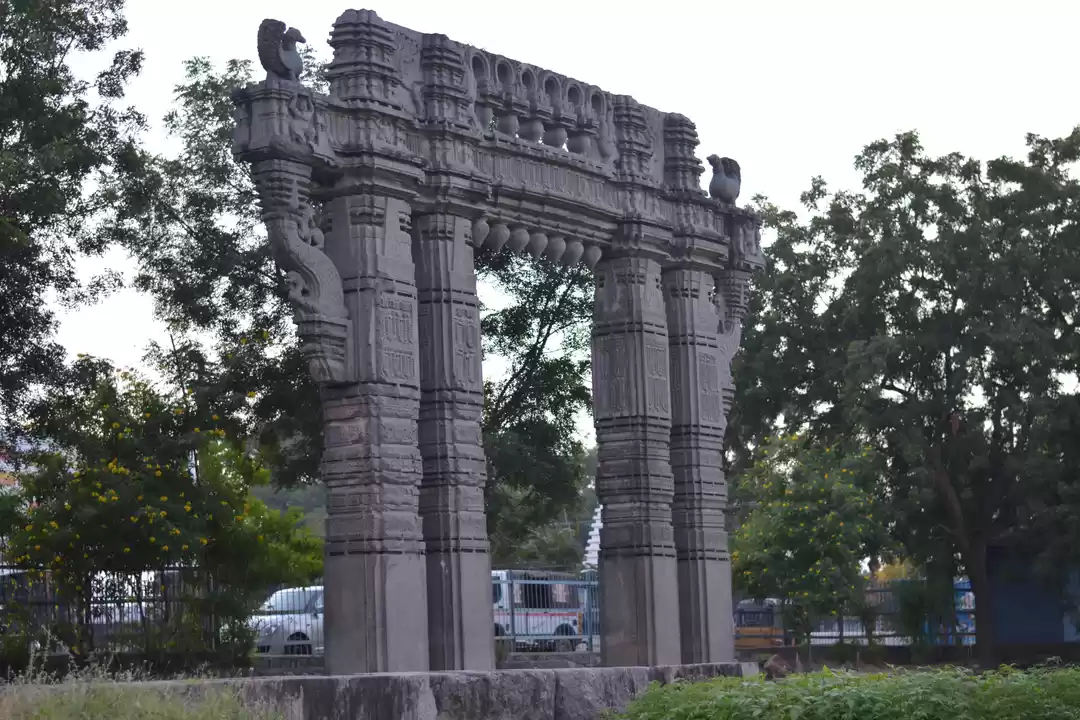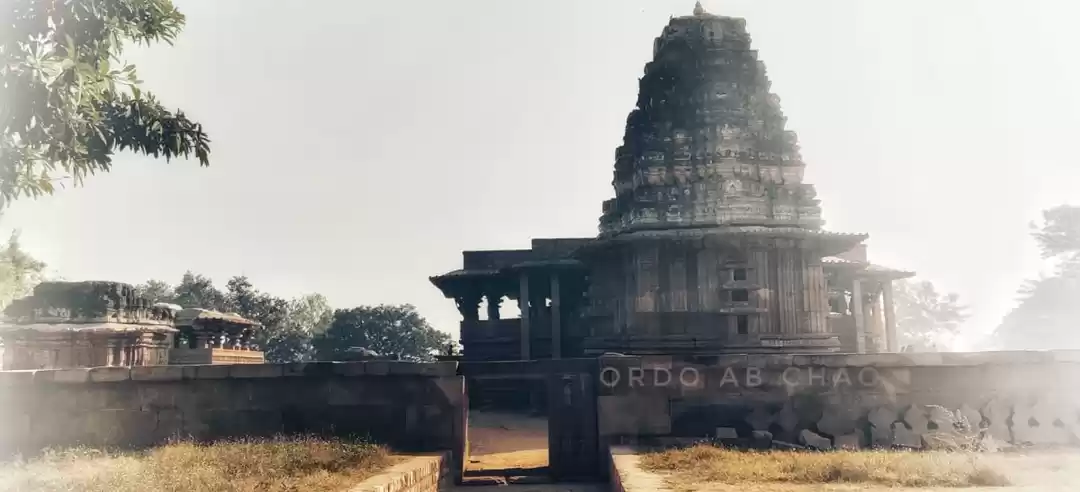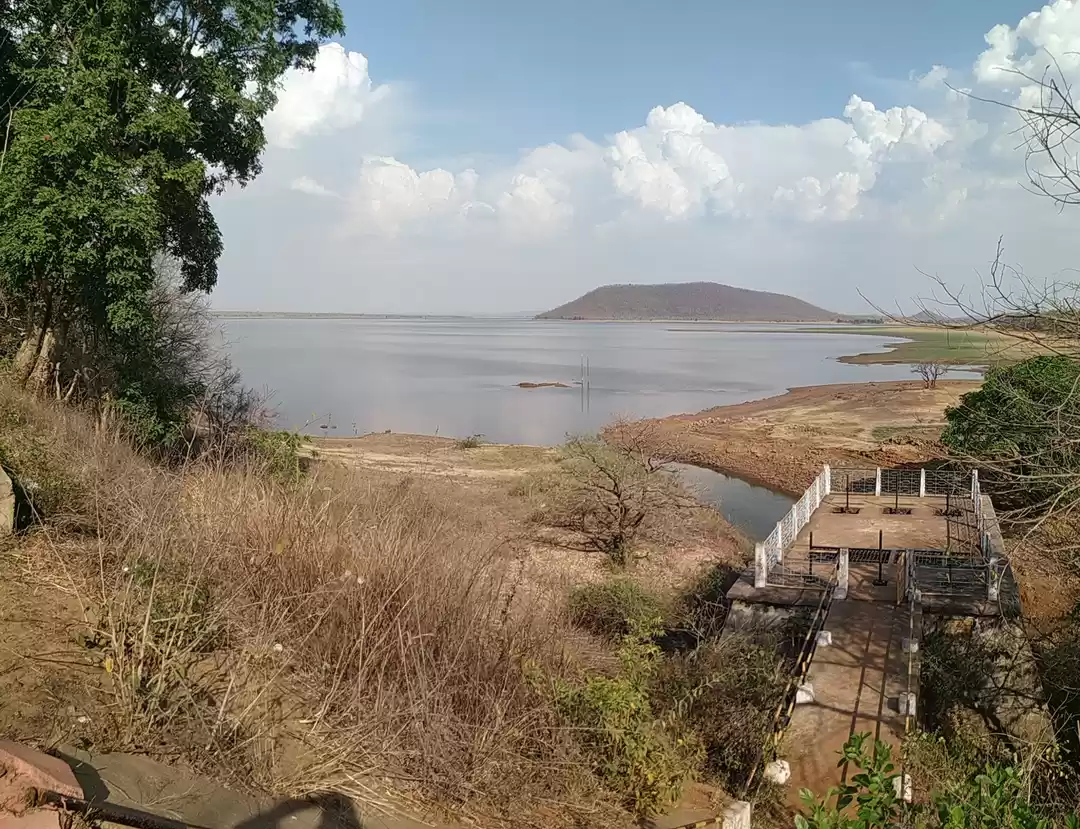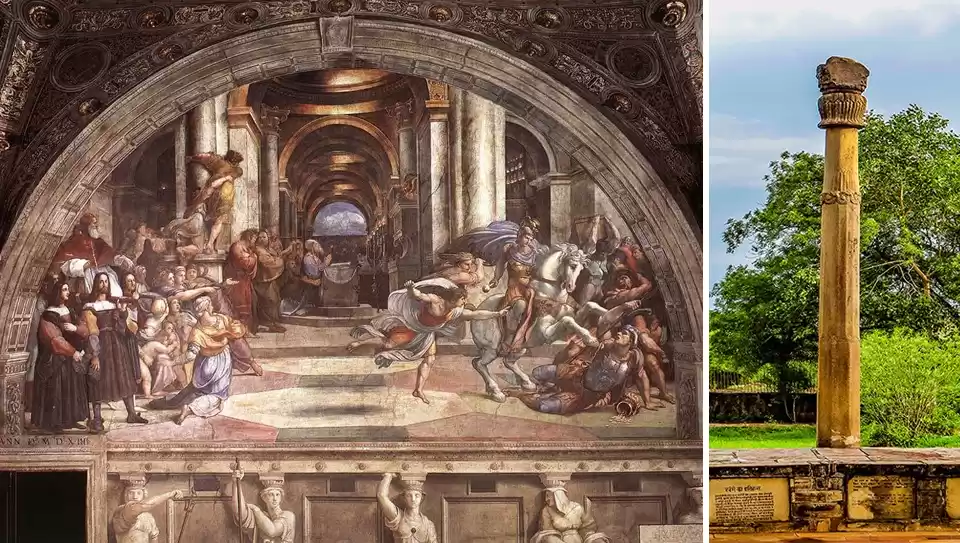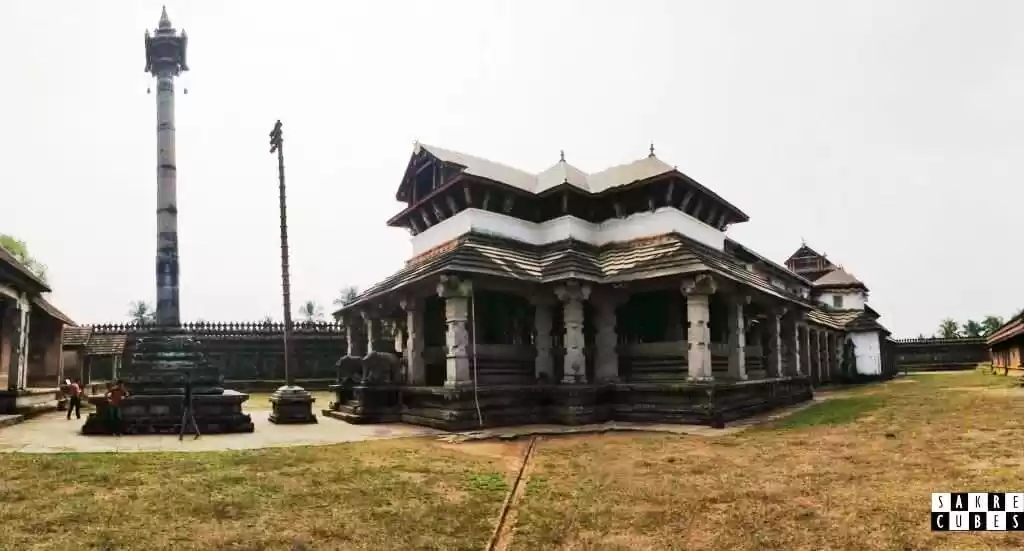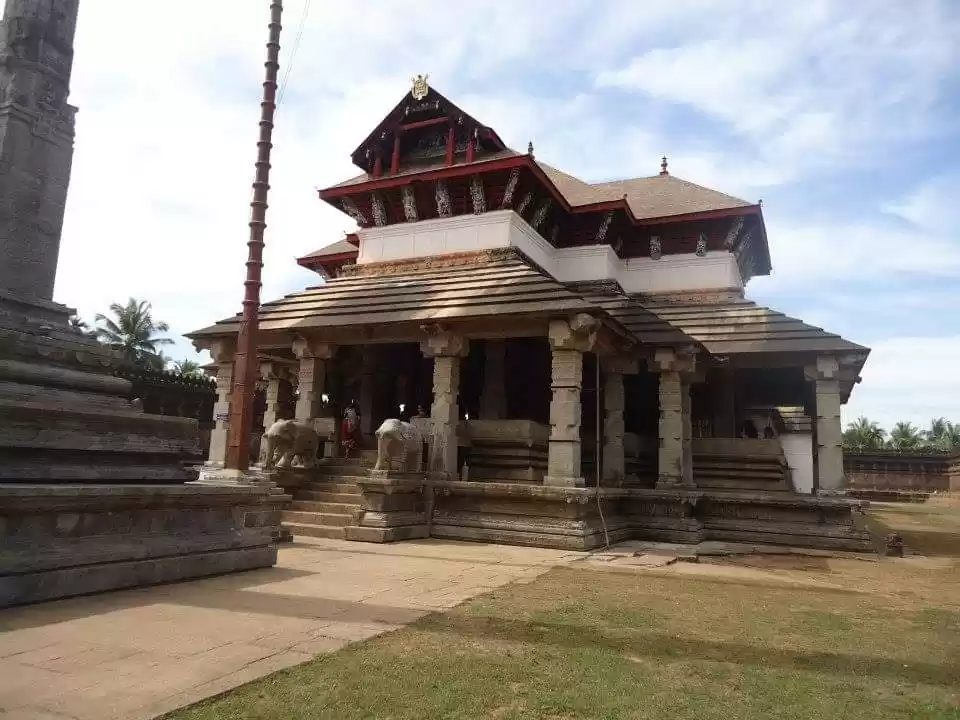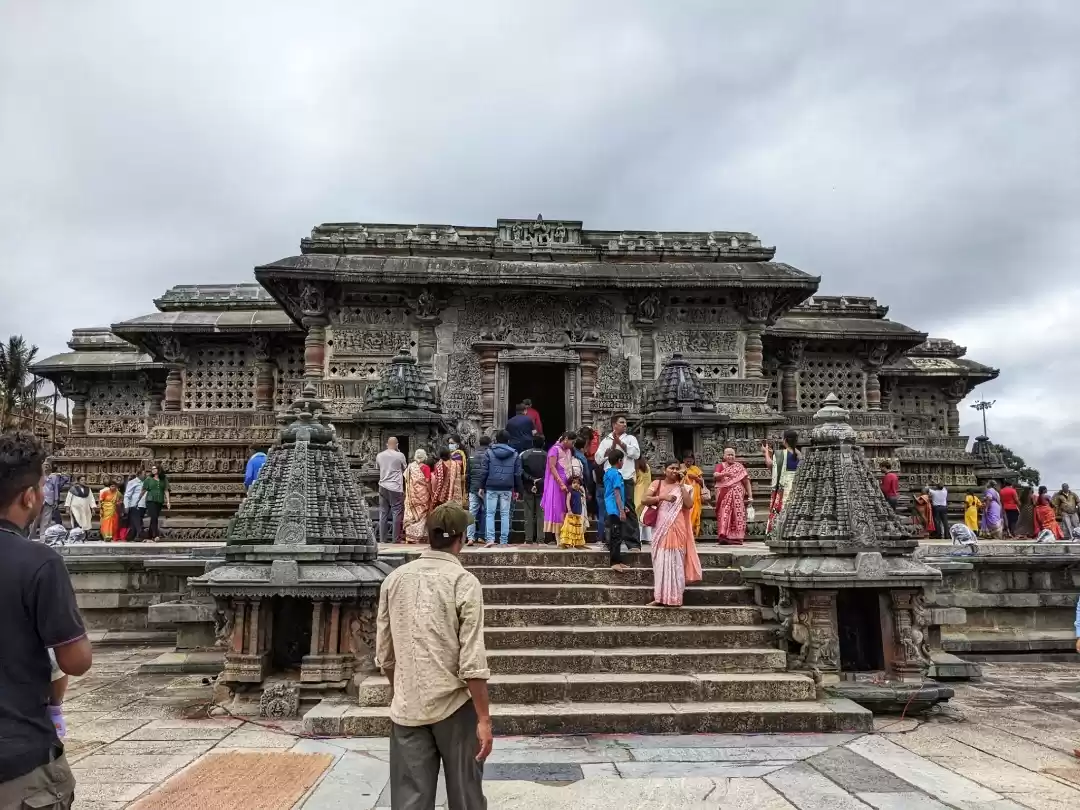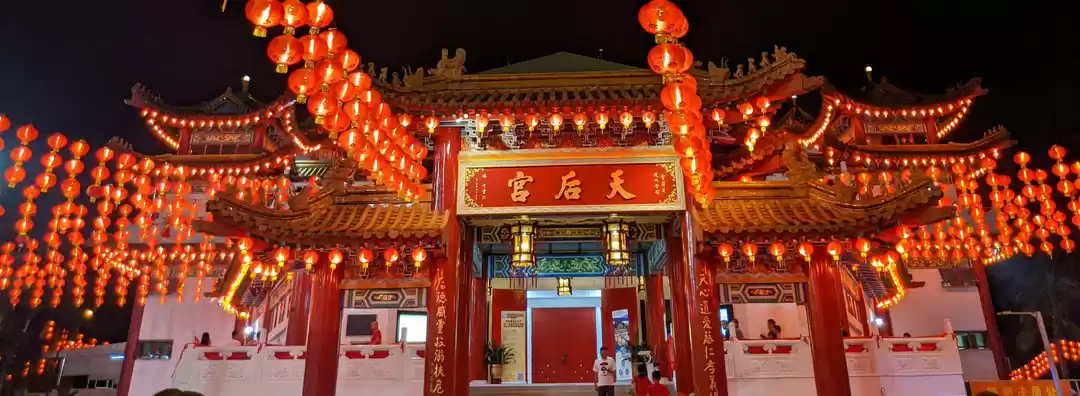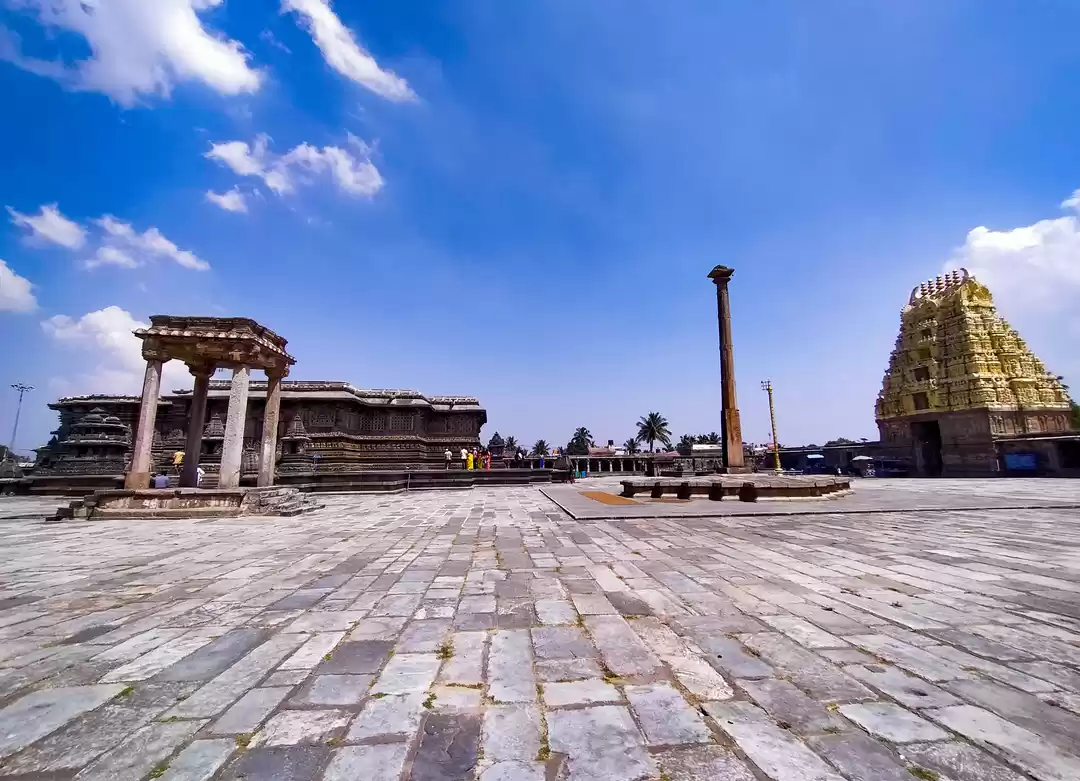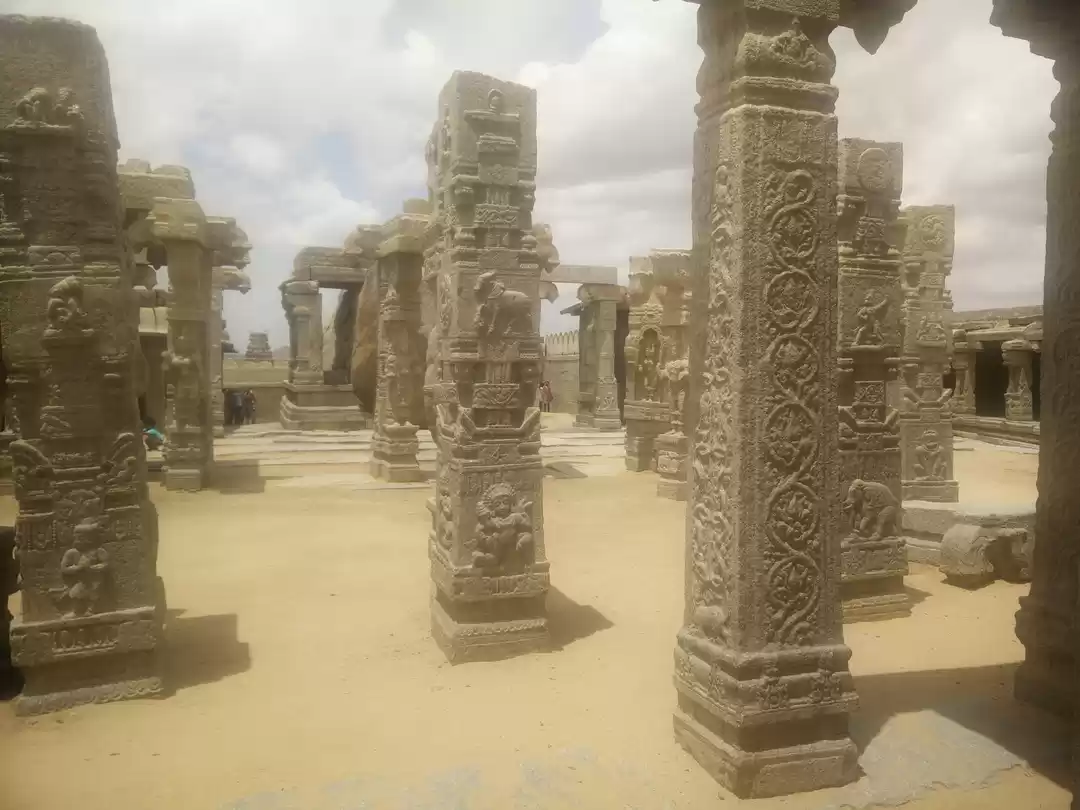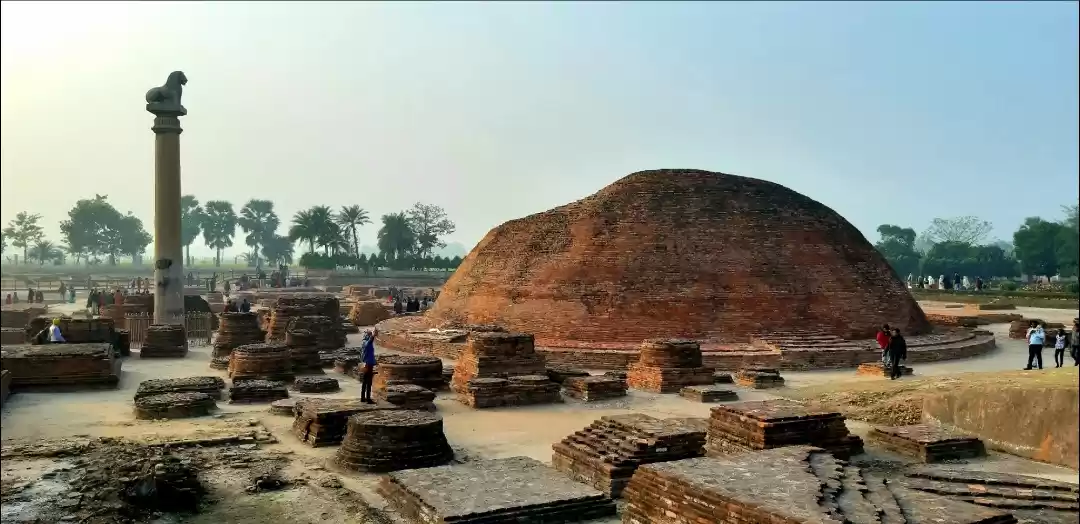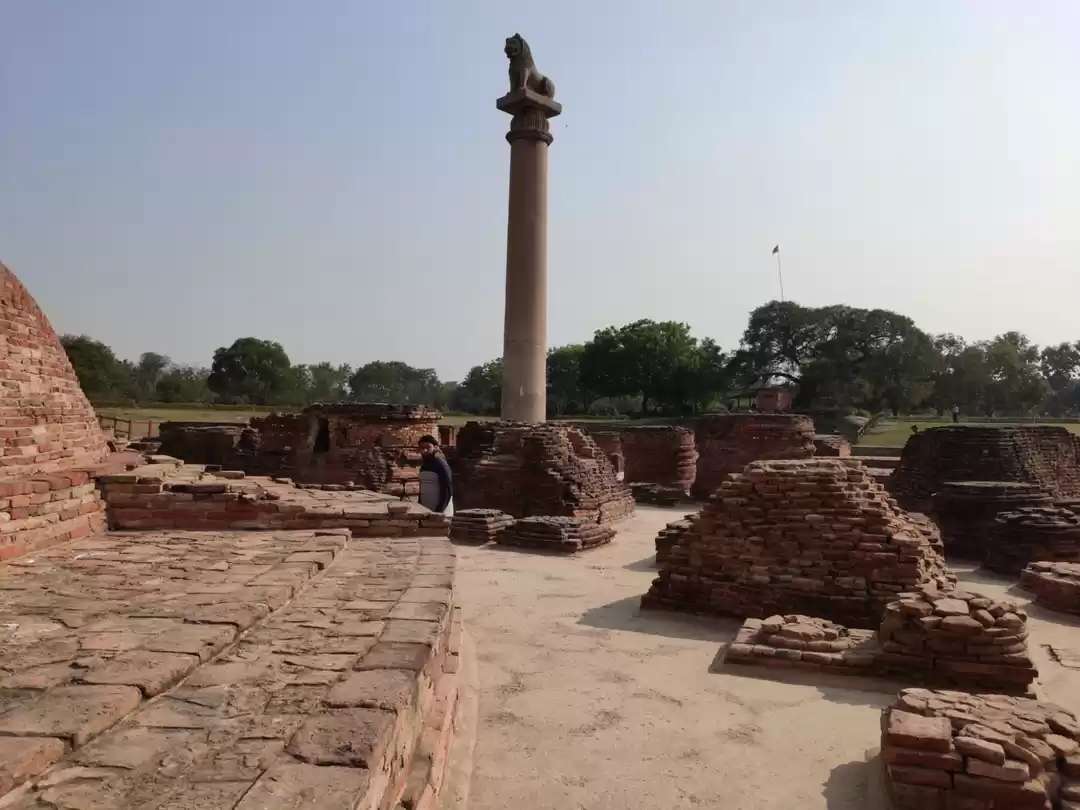Have you ever wondered how a temple with a thousand pillars looks like? If you are a history buff, an architecture enthusiast, or a culture lover, you will be amazed by the Thousand Pillar Temple, one of the most remarkable monuments of Telangana. Located in the historic city of Warangal, the Thousand Pillar Temple is a masterpiece of the Kakatiya dynasty, which ruled over the region from the 12th to the 14th century.
The temple is dedicated to the Hindu Trinity of Shiva, Vishnu, and Surya, and showcases the exquisite craftsmanship and artistic vision of the Kakatiya builders. The temple is also a symbol of the rich and diverse culture of Telangana, which has been influenced by various dynasties, religions, and traditions over the centuries. In this article, we will explore the history, architecture, and culture of the Thousand Pillar Temple, and why you should visit this marvel of Kakatiya architecture and culture.
History of the Thousand Pillar Temple
The Thousand Pillar Temple was built in the year 1163 CE by King Rudra Deva, one of the most prominent rulers of the Kakatiya dynasty. The Kakatiyas were a powerful clan that emerged from the feudal lords of the Chalukya empire, and established their independent kingdom in Telangana. They were known for their military prowess, administrative reforms, and patronage of art and literature. The Thousand Pillar Temple was one of their grandest projects, and reflected their glory and prosperity.

The temple was constructed in the Trikutalaya style, which means that it had three shrines dedicated to the three main deities: Shiva, Vishnu, and Surya. The temple was also adorned with numerous sculptures, carvings, and pillars, which displayed the skill and creativity of the Kakatiya artisans. The temple was a center of religious and cultural activities, and attracted pilgrims, tourists, and scholars from far and wide.
However, the temple also faced several challenges and threats throughout its history. In the 14th century, the temple was attacked and partially destroyed by the Tughlaq dynasty, which invaded and conquered the Kakatiya kingdom. The temple was left in ruins for many years, until it was restored and renovated by the Archaeological Survey of India in the 20th century. The temple was also recognized as a UNESCO World Heritage Site, along with other monuments of Warangal, in 2014. Today, the temple stands as a testimony of the Kakatiya legacy, and a source of pride and inspiration for the people of Telangana.
Architecture of the Thousand Pillar Temple
The architecture of the Thousand Pillar Temple is a blend of the Chalukyan and the Dravidian styles, which were prevalent in South India at that time. The temple is built on a raised platform, which measures about 90 feet by 160 feet. The temple has a rectangular shape, with four entrances on each side. The main entrance is on the eastern side, which leads to a spacious courtyard, where the three shrines are located.
The three shrines are arranged in a triangular pattern, with a common mandapa (hall) in the center. The mandapa is supported by four massive pillars, which are carved with intricate designs and motifs. The mandapa also has a circular ceiling, which is decorated with lotus flowers and geometric patterns. The mandapa is surrounded by a thousand pillars, which give the temple its name. The pillars are of different sizes, shapes, and styles, and each one has a unique and elaborate carving. Some of the pillars depict scenes from Hindu mythology, such as the Ramayana and the Mahabharata, while others depict animals, birds, flowers, and human figures. The pillars are made of black basalt stone, which was brought from a nearby hill.

The three shrines are dedicated to Shiva, Vishnu, and Surya, respectively. The shrine of Shiva is the largest and the most ornate, and faces the east. The shrine has a shikhara (spire), which rises to a height of about 40 feet. The shikhara is covered with sculptures of various gods and goddesses, such as Ganesha, Parvati, Kartikeya, and Nandi. The shrine also has a garbhagriha (sanctum), which houses a linga (symbol of Shiva) made of black stone. The shrine of Vishnu is on the south side, and has a shikhara similar to that of Shiva.
The shrine also has a garbhagriha, which contains an idol of Vishnu in a reclining posture. The shrine of Surya is on the north side, and has a shikhara with a circular dome. The shrine also has a garbhagriha, which has an image of Surya on a chariot, driven by seven horses.
One of the most remarkable features of the temple is the Nandi sculpture, which is located in front of the Shiva shrine. The Nandi is a bull, which is the vehicle and the companion of Shiva. The Nandi sculpture is made of a single piece of black granite, and measures about 6 feet by 6 feet. The sculpture is finely carved, and shows the Nandi in a sitting posture, with its head turned towards the Shiva shrine. The sculpture is considered to be one of the finest examples of Kakatiya art, and attracts many visitors and admirers.
The temple also showcases some of the techniques and skills used by the Kakatiya builders, which were advanced and innovative for their time. One of the techniques was the sandbox technique, which involved filling the foundation of the temple with sand, and then laying the stone blocks on top of it. This technique helped to prevent the temple from sinking or collapsing due to the weight of the stone. Another technique was the ivory carving technique, which involved carving the stone with ivory tools, which gave the stone a smooth and glossy finish. The temple also demonstrates the stone cutting technique, which involved cutting and shaping the stone blocks with precision and accuracy, without using any mortar or cement.
Culture of the Thousand Pillar Temple
The culture of the Thousand Pillar Temple is a reflection of the culture of Telangana, which is a melting pot of various cultures, religions, and traditions. The temple is not only a place of worship, but also a place of learning, celebration, and expression. The temple represents the religious and spiritual significance of the Hindu Trinity, which are the three aspects of the supreme reality. The temple also symbolizes the cosmic order, which is based on the balance and harmony of the three forces: creation, preservation, and destruction. The temple also signifies the divine power, which is manifested in the form of the three deities: Shiva, Vishnu, and Surya.
The temple is also a place where various rituals and practices are performed, which are meant to honor and appease the deities, and to seek their blessings and protection. The temple is open for daily worship, where the devotees offer prayers, flowers, fruits, and other items to the deities. The temple is also the venue for various festivals, which are celebrated with great fervor and enthusiasm. Some of the festivals are Shivaratri, which is dedicated to Shiva, Vaikuntha Ekadashi, which is dedicated to Vishnu, and Makara Sankranti, which is dedicated to Surya. The festivals are marked by special ceremonies, processions, music, dance, and fireworks, which attract thousands of people from near and far.
The temple is also a place where the social and artistic impact of the Kakatiya dynasty can be seen and felt. The temple is a source of attraction for pilgrims, tourists, and scholars, who come to admire and appreciate the beauty and grandeur of the temple, and to learn more about the history and culture of the Kakatiya kingdom.
The temple is also an inspiration for literature, music, and dance, which have flourished in Telangana for centuries. The temple is especially associated with the classical dance form of Kuchipudi, which originated in the Kakatiya era, and is still practiced and performed by many artists and students. The temple is also a place where the local culture and traditions are preserved and promoted, such as the language, the cuisine, the attire, and the crafts of Telangana.
Getting There
If you want to visit the Thousand Pillar Temple, you have several options to reach there. The temple is located in the city of Warangal, which is about 150 km from Hyderabad, the capital city of Telangana. You can choose to travel by air, rail, or road, depending on your convenience and budget.
By air:
The nearest airport is at Hyderabad, which is well connected to major cities in India and abroad. From the airport, you can take a bus, a taxi, or a cab to reach Warangal, which will take about 3 to 4 hours. The bus fare is around Rs. 200, while the taxi or cab fare is around Rs. 3000.
By rail:
The nearest railway station is at Warangal, which is also well connected to major cities in India. From the station, you can hire an auto rickshaw or a cab to reach the temple, which will take about 15 to 20 minutes. The auto rickshaw fare is around Rs. 50, while the cab fare is around Rs. 200.
By road:
You can also drive to the temple by your own vehicle or rent a car. The temple is located on the Hanamkonda-Warangal Highway, which is a part of the National Highway 16. The road is well maintained and has scenic views along the way. The driving distance is about 150 km, and the driving time is about 3 hours.
The Thousand Pillar Temple is a marvel of Kakatiya architecture and culture, which showcases the glory and diversity of Telangana. The temple is a must-visit for anyone who wants to experience the history, design, and significance of this magnificent monument. The temple is also a place where you can witness the vibrant and colorful culture of Telangana, which is a blend of various cultures, religions, and traditions.
The temple is open from 6 am to 6 pm, and the entry fee is Rs. 15 for Indians and Rs. 200 for foreigners. The best time to visit the temple is from October to March, when the weather is pleasant and the festivals are celebrated. The temple is easily accessible by road, rail, and air, as it is located about 150 km from Hyderabad, the capital city of Telangana.
The temple is also close to other attractions of Warangal, such as the Warangal Fort, the Ramappa Temple, and the Pakhal Lake. The temple also has many options for accommodation, such as hotels, resorts, and guest houses, which cater to different budgets.

